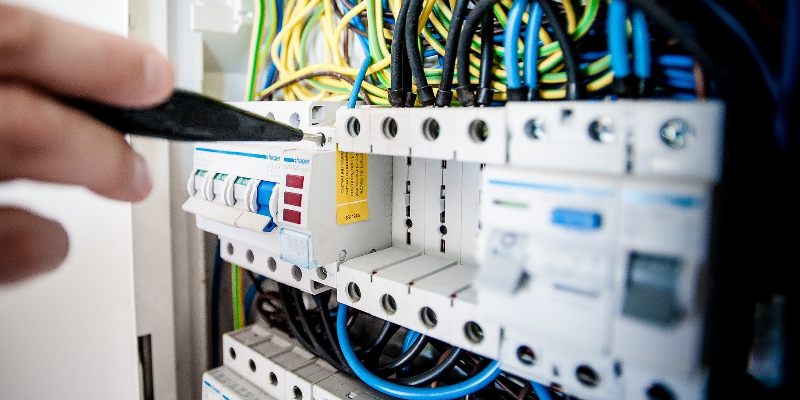
The majority of landlords are proactive when it comes to ensuring the safety of their tenants and make a welcome contribution to the housing market. But a minority fail to do so, putting their tenants in danger as a result.
These new Regulations require landlords to have the electrical installations in their properties inspected and tested by a person who is qualified and competent, at least every 5 years. Landlords have to provide a copy of the electrical safety report to their tenants, and to their local authority if requested.
This means that all landlords now have to do what good landlords already do: make sure the electrical installations in their rented properties are safe.
The Regulations came into force on 1 June 2020 and form part of the Department’s wider work to improve safety in all residential premises and particularly in the private rented sector.
This is a major step towards levelling up the private rented sector, making sure it will offer high-quality, safe and secure housing. Along with our social and owner-occupied sectors, this is housing this country deserves.
This government values the contribution made by good landlords, the majority of whom provide well maintained, safe, secure and high-quality places to live, work and raise families.
It is now a legal requirement for Landlords (Domestic and Commercial) to have the installation inspected and tested at least every five years or when occupancy changes.
It is recommended that private properties get an EICR every 10 years and it is now mandatory that Landlords have the installation inspected and tested at least every five years – and more often if the most recent safety report requires it.
An NICEIC accredited at approved contractor level, or approved by another electrical regulatory body at a similar or higher level - you can check this on the Electrical Safety Register.
The electrician will make a visual assessment, and then carry out a series of checks on your electrical systems. Any ‘code one’ problems, ie problems that are immediately dangerous, they will need to fix those there and then or at least make them safe. Any ‘code two’ problems that are potentially dangerous will be noted and a quote provided to fix them at the end of the process, and any ‘code threes” (Issues not deemed unsafe) will again be noted and quoted for.
Each property is different but the electrician needs to check each area thoroughly so you should expect them to be there for a significant period of time. A visual check alone can take up to an hour, and it can take another hour to fill out the certificate.
You have a duty of care to your tenant and must ensure that the installation is safe when they enter the property and is maintained throughout their tenure.
The Landlords and Tenants Act (1985) requires that the electrical installation in a rented property is:
We accept only CARD payments AND NO CASH payment
Where a report rates the electrics as ‘unsatisfactory’, the regulations require the landlord to undertake further investigative or remedial work by a qualified person within 28 days, or sooner if specified in the report.
Unsatisfactory codes shown on the EICR report can include: